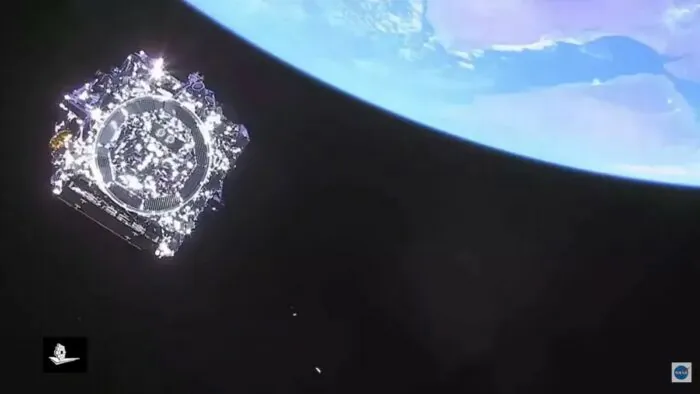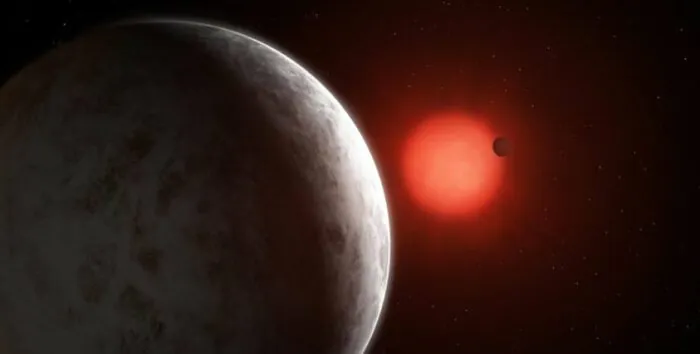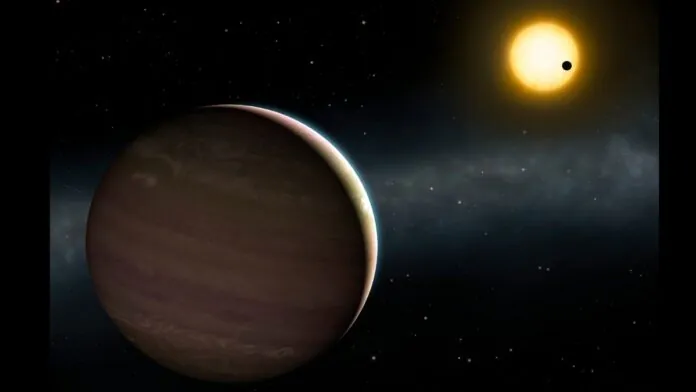© ROOT-NATION.com - Use of content is permitted with a backlink.
Now that NASA’s segmental mirrors of the James Webb Space Observatory are perfectly aligned and its onboard scientific instruments are in the calibration phase, the telescope is a few weeks away from the final completion of the commissioning phase. Shortly after the first observations this summer, the James Webb Telescope will begin to fully perform scientific operations.
Research planned for the first year included the study of two hot exoplanets belonging to the super-Earth class: lava-covered 55 Cancri e and airless planet LHS 3844 b. Researchers will send high-precision spectrographs from the Webb Observatory to these planets to gain a deeper understanding of the geological diversity of the planets in our Galaxy, as well as the evolution of rocky Earth-like planets.

55 Cancri e orbits less than 1 million km from its parent Sun-like star, completing one circuit in less than 18 hours. Surface temperatures are much higher than the melting temperatures of the minerals of many typical rocks, and therefore the dayside of the planet is probably covered with oceans of lava.
Planets orbiting as close to a star as 55 Cancri e are assumed to be tidally locked, with one side facing the star at all times. This means that the hottest spot on the planet’s surface is always the area facing the star, which is closer to it.
However, in the case of 55 Cancri e, observations by the Spitzer Space Observatory showed that the hottest point was shifted to the side relative to the zone “looking directly at the star.” This may indicate either a dense dynamic atmosphere or a lack of tidal capture of the planet, and only observations of the planet with the help of the Webb Observatory can clarify the situation.

The temperature on the surface of LHS 3844 b is not so high, and molten rocks form seas and oceans on it. The planet revolves around the parent star with a period close in magnitude to the period of orbit of the planet 55 Cancri e around the parent luminary, but in the case of LHS 3844 b, the parent star has a much smaller size and luminosity, so the stones on the surface of this planet are solid. The absence of the planet’s atmosphere, recorded with the help of Spitzer, will allow valuable spectroscopic observations of various types of solid rocks that make up the surface, the project members explained. If the planet is volcanically active, the resulting spectra will also detect the presence of volcanic gases.
You can also help Ukraine fight with Russian occupants via Savelife or via an official page of the National Bank of Ukraine.
Read also:
- An unusual neutron star discovered in the star graveyard
- NASA scheduled SLS dress-rehearsal as part of the Artemis mission


